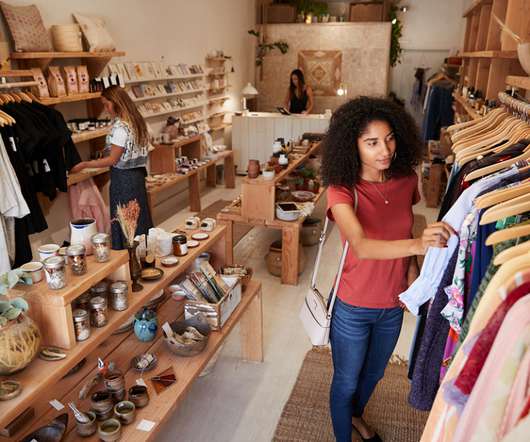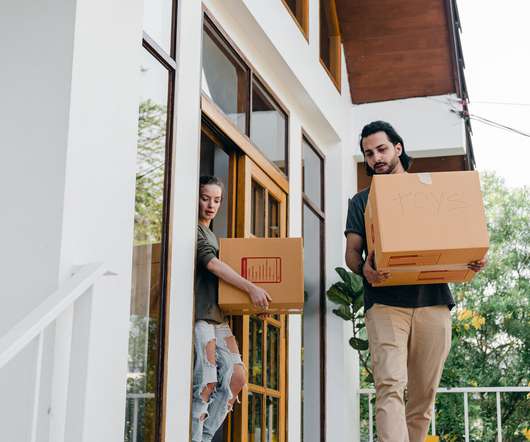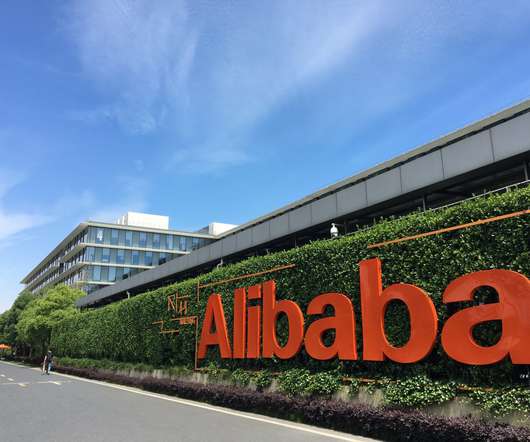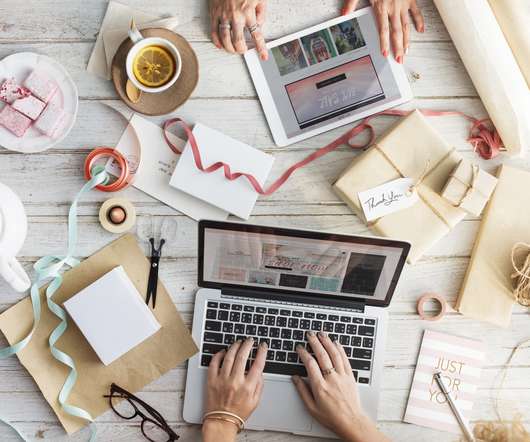More Private Label, Smaller Store Footprints: How COVID-19 Is Accelerating Existing Retail Trends
Retail TouchPoints
JULY 17, 2020
Additionally, the percentage of consumers willing to pay the same or more for private labels over name-brand products rose from 34%. in 2014 to 40% in 2019. Retail was already shrinking in terms of floorspace: total square footage dropped by 4.4%. With nearly 60% of retail square footage in the U.S. ”











Let's personalize your content